In a universe largely characterized by the inexorable march toward chaos, an intriguing question arises: Can order emerge from disorder, even in the face of infinite randomization? This question touches upon foundational concepts in thermodynamics, complexity theory, and the nature of existence itself. Let’s delve into this paradox and explore how, even in the vast sea of disorder, order might not only emerge but thrive.
The Nature of Disorder and Entropy
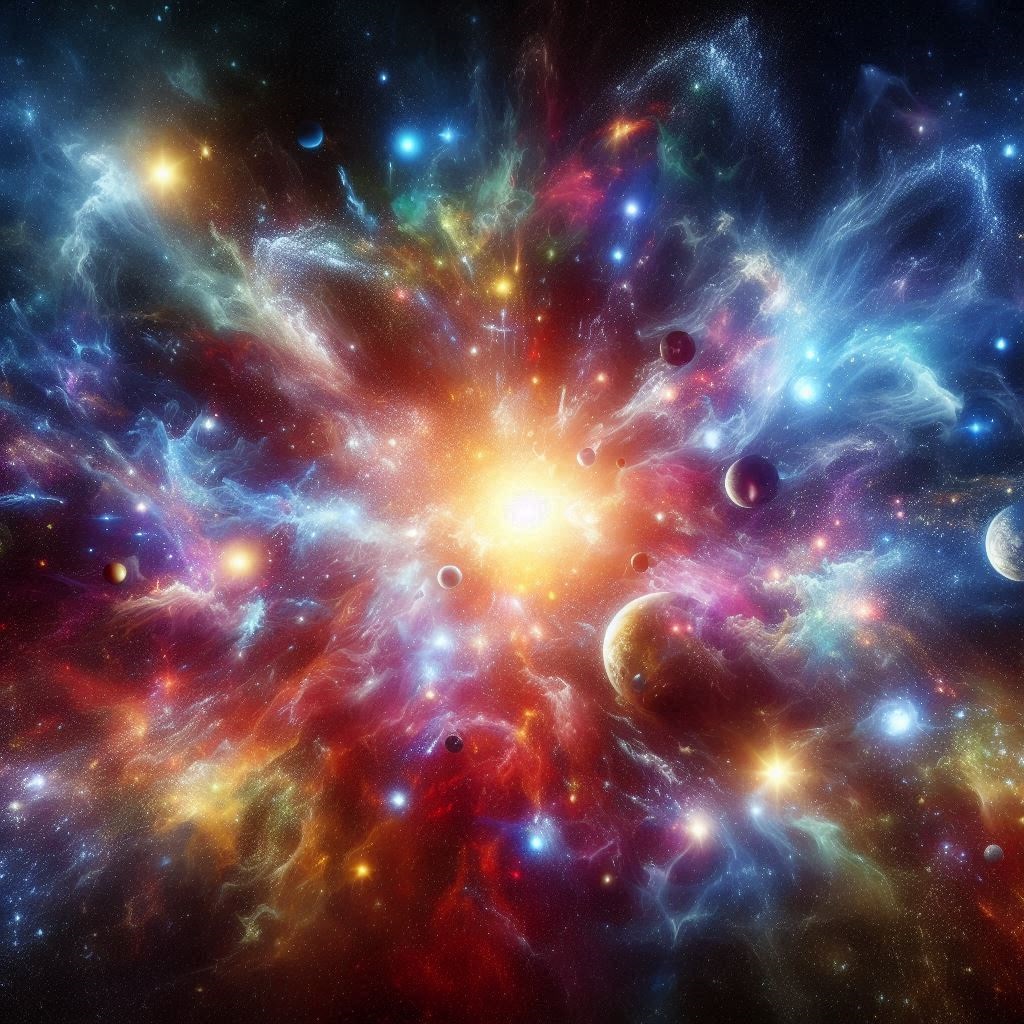
To understand the idea of emergence from disorder, we first need to grasp the concept of entropy, which is often referred to as a measure of disorder in a system. According to the second law of thermodynamics, in a closed system, the total entropy tends to increase over time. This law suggests that systems will naturally evolve towards greater disorder—a phenomenon we can observe in countless real-world contexts, from the decay of organic matter to the eventual heat death of the universe.
Yet, amidst this overarching trend toward chaos, it is essential to recognize that order and structure can arise temporarily. The concept of a closed system emphasizes an isolated environment, whereas, in nature, we observe many systems that are open and interactive, allowing for energy exchange and the emergence of complexity.
Local Order in a Disordered World

One of the most fascinating aspects of complex systems is their ability to self-organize. This can be seen in numerous natural phenomena:
Biological Systems: Life itself is a testament to the emergence of localized order. Organisms create highly structured forms from the chaotic interactions of molecules. Through processes of evolution and natural selection, life flourishes within a backdrop of unrelenting entropy.
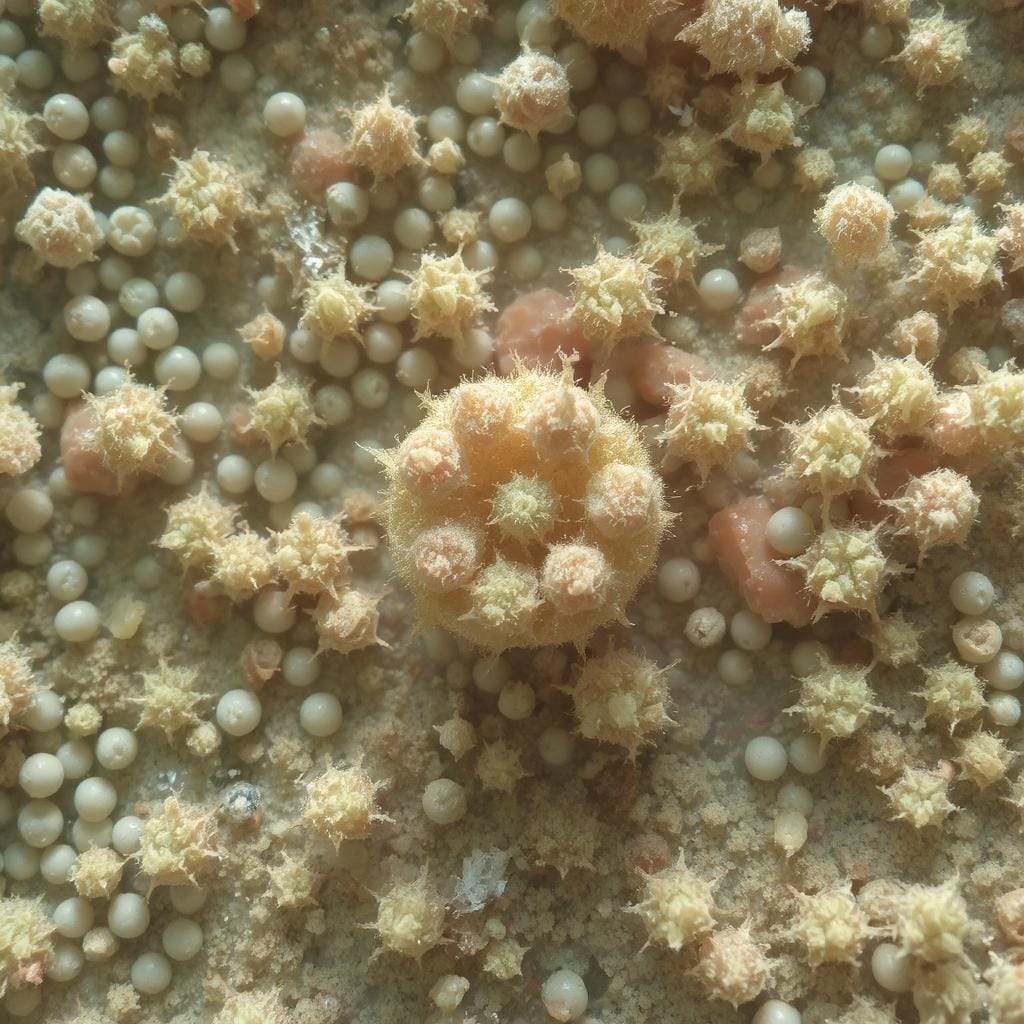
Phase Transitions: Consider the simplicity of water freezing into ice. This transition represents a phenomenal shift from chaotic molecular movement to a highly ordered crystalline structure. Here, even as the overall entropy of the universe increases, a local order materializes, demonstrating that order can arise spontaneously under the right conditions.
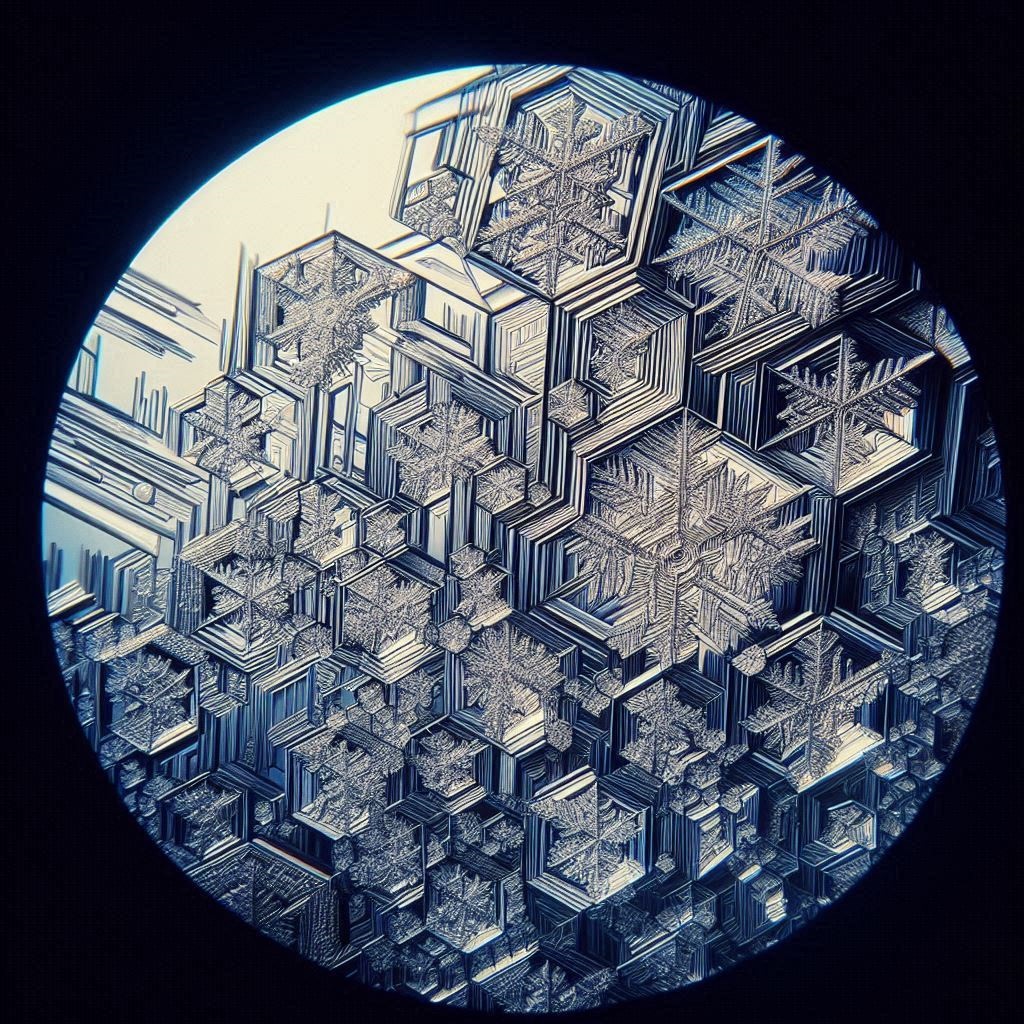
Physical Patterns: Within chaotic systems, patterns can emerge—think of swirling currents in the atmosphere, the fractal formations of trees and coastlines, or the intricate designs seen in snowflakes. These patterns illustrate how, even amidst randomness, consistent structures can appear.
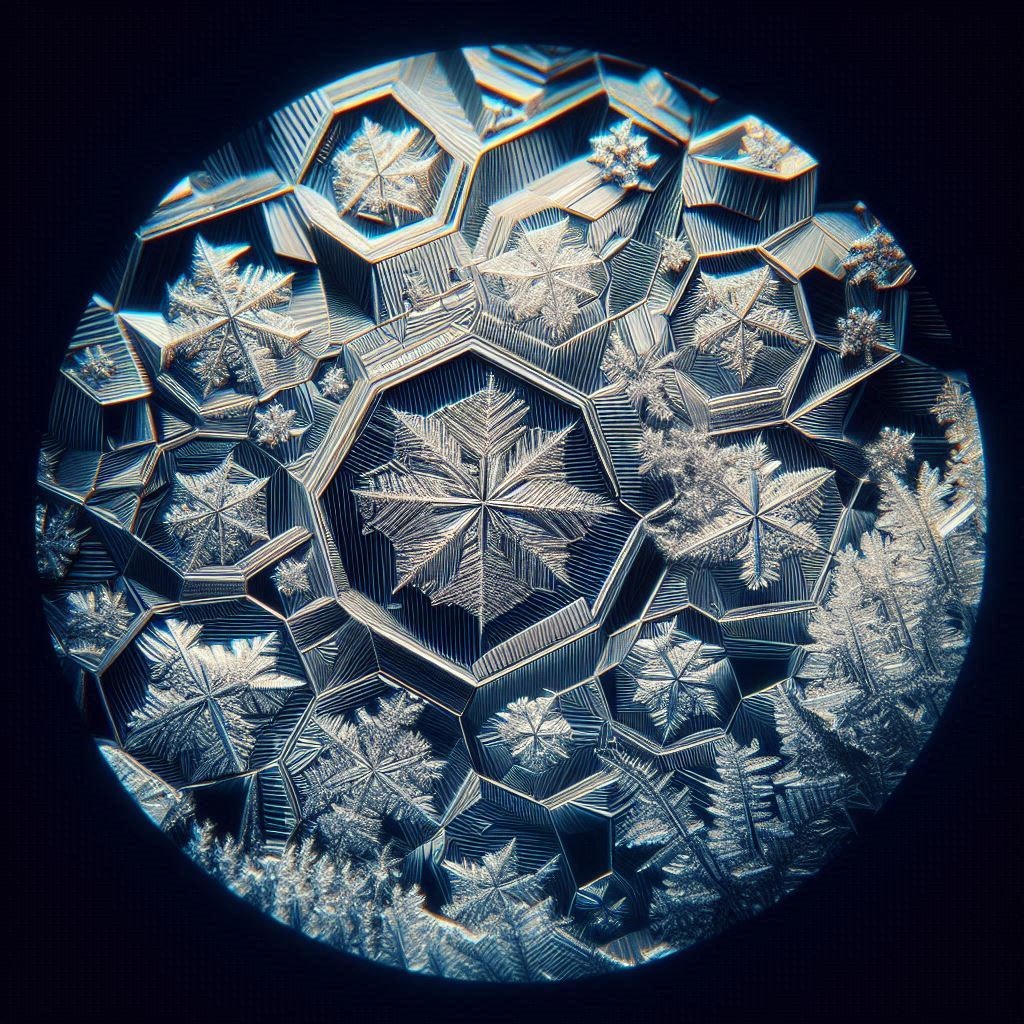
Repetition and Emergence
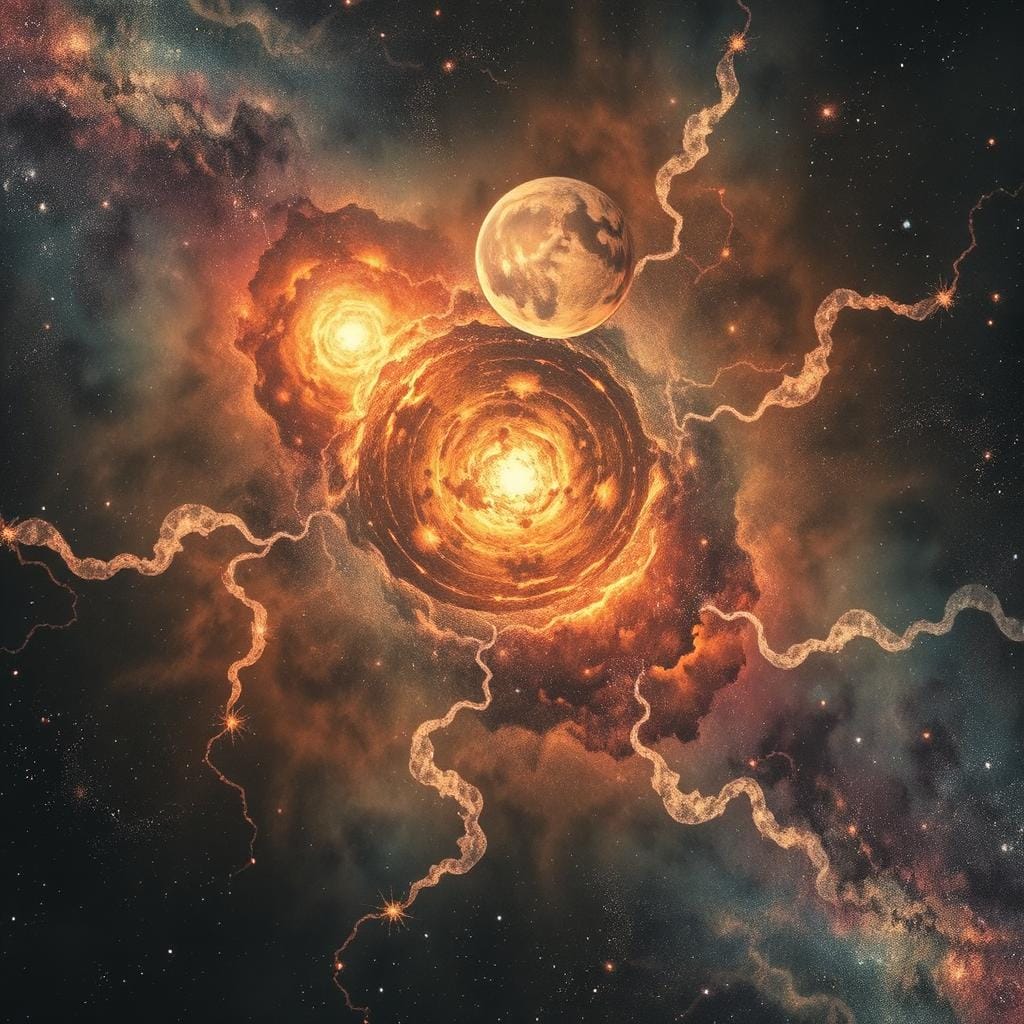
The notion of something emerging from infinity brings forth an intriguing concept: repetition in an infinite scenario. If we extend our thought to infinity, we can imagine an endless cycle where certain conditions are met repeatedly, leading to the emergence of order from chaos.
In mathematical and philosophical terms, infinity presents a unique landscape where probabilities play a crucial role. Consider a universe where every possible configuration has the potential to occur—eventually, patterns will recapitulate. In an infinite timeline, the correlation between randomness and order becomes apparent—it suggests that repetition is inevitable.
The Dance of Order and Disorder
What does this mean for our understanding of existence? As we navigate the complexities of life, it serves us to recognize that order does not exist in a static contrast to disorder; rather, they are intertwined in a dynamic relationship. Every moment of beauty, every act of creativity, and every structured system is born from the chaotic influences surrounding it.
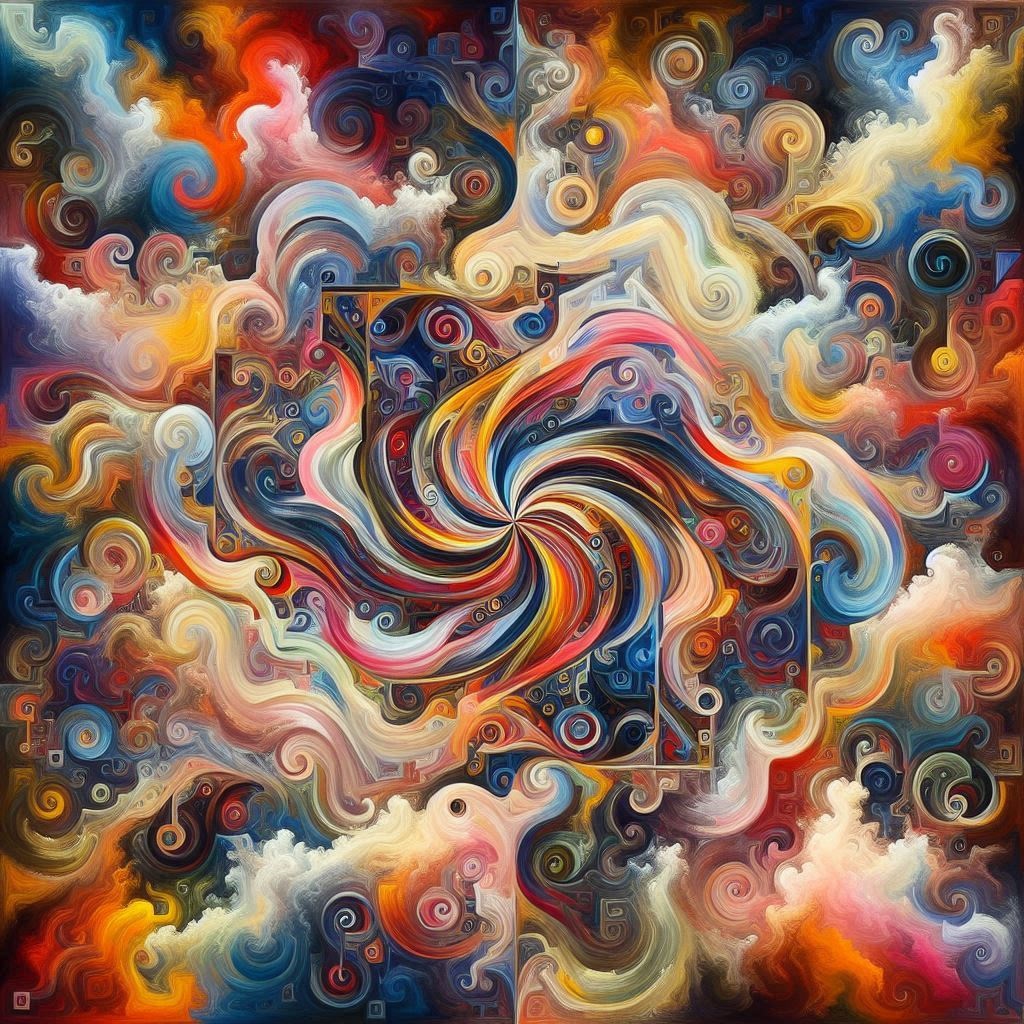
In a world that often feels chaotic and unpredictable, we can find solace in the knowledge that order can emerge even within the most disordered environments. This could inspire a sense of hope and resilience, suggesting that, despite the overwhelming forces of chaos and entropy, pockets of meaning and structure will continue to arise, demonstrating the elegance of life in the face of disorder.
The journey towards understanding the relationship between order and disorder is just beginning. As science continues to explore the mysteries of the universe, we find ourselves at the confluence of chaos and order—two forces that together shape the reality we experience. By embracing the complexity of these interactions, we open ourselves to the possibility that within the infinite disorder, new forms of order, life, and meaning will continue to emerge, creating a tapestry rich in diversity and continuity.
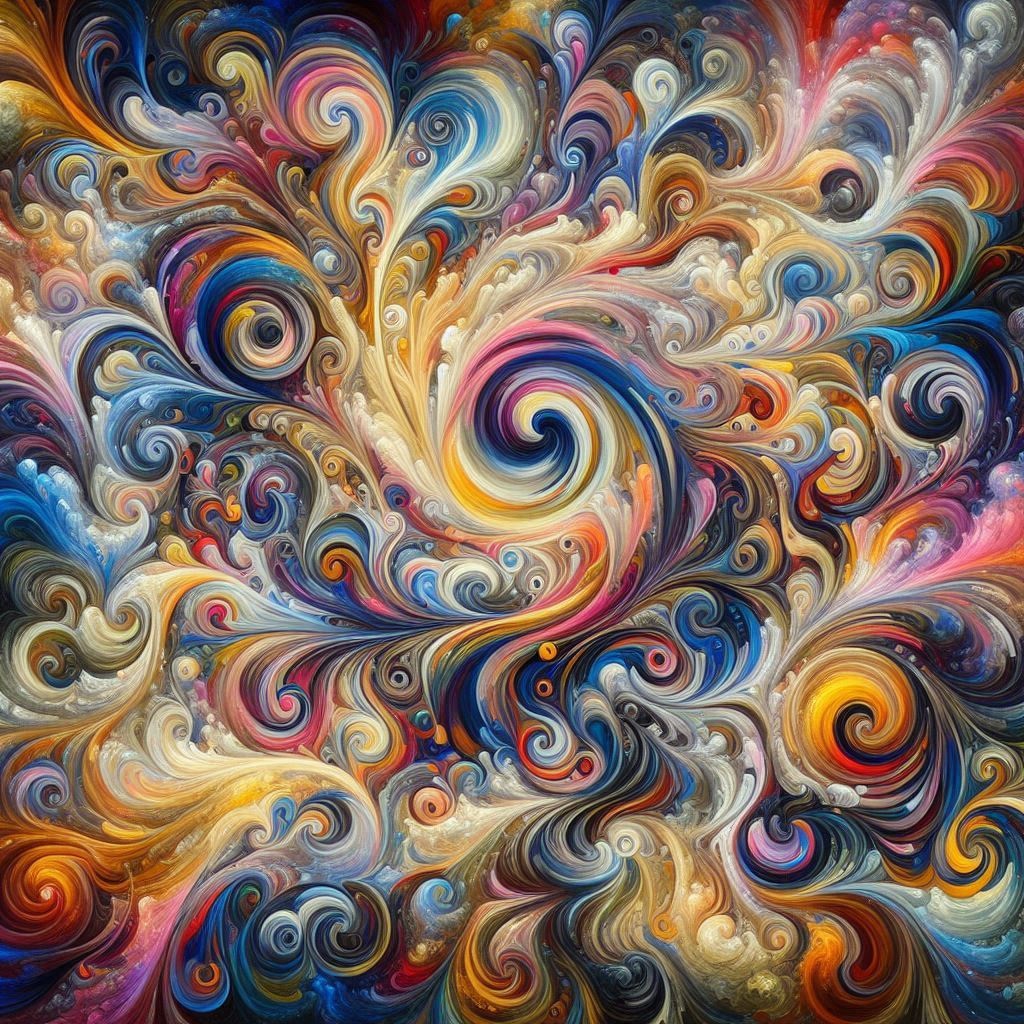
As we ponder the paradox of emergence in an infinite expanse, let us cherish the vibrant complexity of existence, recognizing that even in chaos, the seeds of order are always present, waiting for the right conditions to sprout anew.